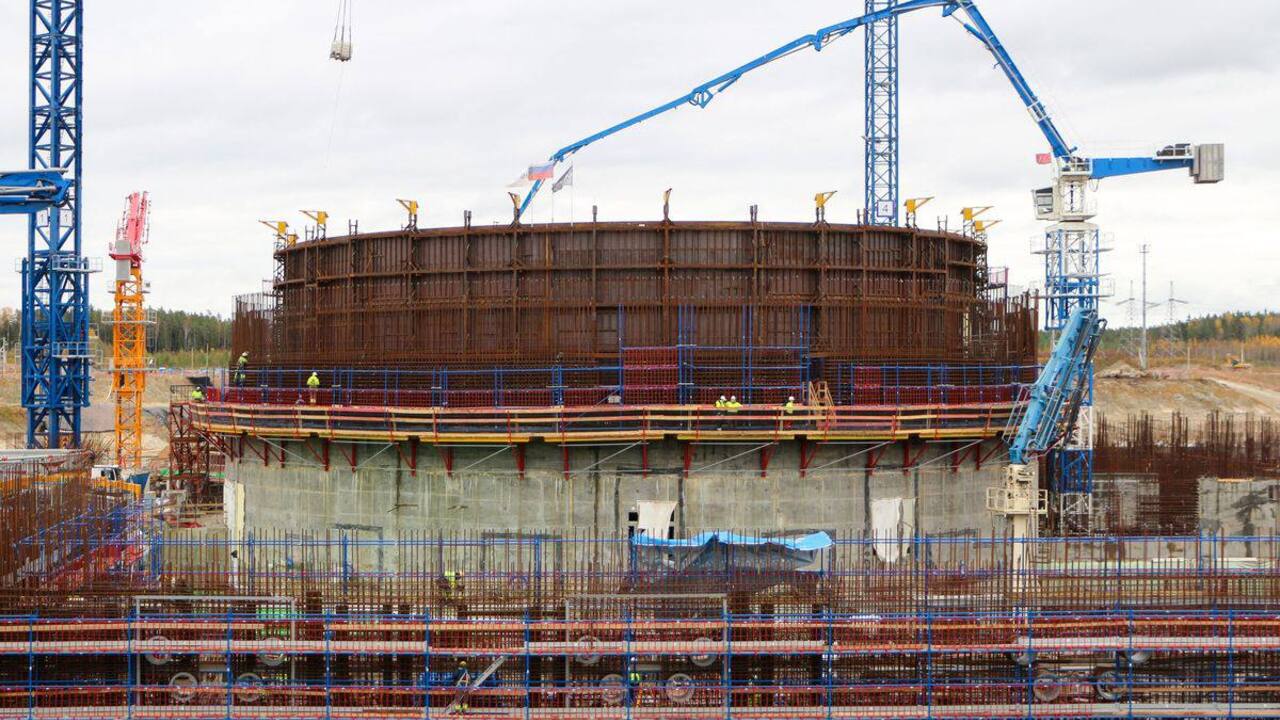In the infinity of space, huge and incredible structures await us, waiting to be discovered. From intergalactic bridges to colorful nebulae. All images and data are captured possible through collaboration between agencies and space telescopeslike the new James Webb or the veteran Hubble. Despite its age, it was the latter that allowed us to see this amazing space caterpillar in all the details described in detail POT on your website.
The space caterpillar, better known as IRAS 20324+4057, star cluster located about 4500 light-years from Earth in the constellation Cygnus. and is on her way to becoming a star. According to rough estimates, it is still at an early stage, so it is nothing more than a huge cloud of dust and gas. In the Hubble image, we see the elongated structure that gives it its striking name. Its estimated length is one light year, so we are talking about the formation of huge sizes.
Why does it have such a striking elongated shape? According to scientists, this is ultraviolet radiation from bright stars. This form it would take thousands of years to createand now, thanks to the eyes of the Hubble Space Telescope, we can observe its structure in great detail and dissect each of its parts.
Hubble captures space caterpillar on its way to becoming a butterfly

IRAS 20324+4057, like a real caterpillar, is also on its way to final transformation. In thousands of years, all the material that makes up this impressive structure will collapse under its own gravity.. Subsequently, this cosmic event will give way to a new star in the sky. It is possible that the successors of Hubble and James Webb will be able to show such images to the societies of the future.
What will this future star be like? It’s still too early to tell. According to a NASA statement, “Only time will tell whether the formed star will be ‘heavyweight’ or ‘lightweight’ in relation to its mass.”
This is not the first time Hubble has looked at this curious formation. In fact, a new image was formed on the basis of data obtained in 2006. using the Space Telescope’s Advanced Camera for Surveys. This information was combined with data obtained by the ground-based Isaac Newton telescope. By combining all this information, a new vision of the star cluster was obtained.
These methods have been used before. For example, a few months ago, James Webb and Hubble combined their data to reveal more information about the impressive structure of a spiral galaxy. The result was amazing and allows us to learn more about the universe in which we live..
Source: Hiper Textual













